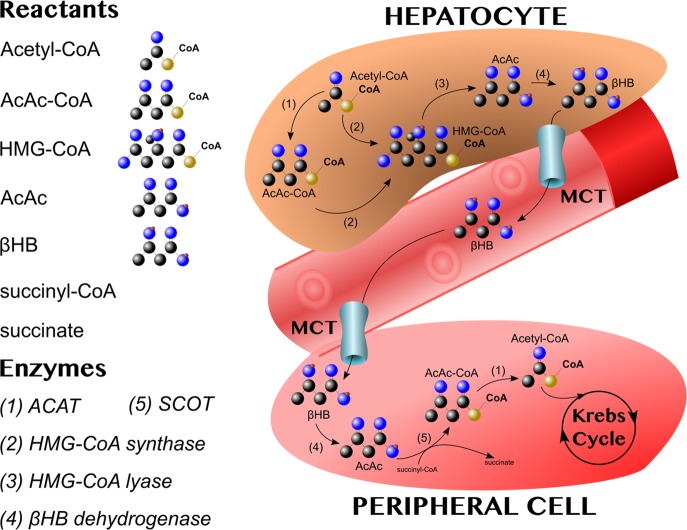Figure 1. In hepatocytes, acetyl-coenzyme A acetyltransferase (ACAT: 1) combines two acetyl-CoA molecules into acetoacetyl-CoA (AcAc-CoA).
AcAc-CoA is combined with another acetyl-CoA by HMG-CoA synthase (2) to form 3-hydroxymethylglutaryl-CoA (HMG-CoA). HMG-CoA lyase (3) cleaves HMG-CoA, releasing acetyl-CoA and the ketone body, acetoacetate (AcAc). AcAc can then be reduced to βHB by βHB dehydrogenase (4). βHB, the main transport ketone, exits hepatocytes via monocarboxylate transporters (MCT) and travels through the circulation to peripheral tissues. Once there, βHB is oxidised back into AcAc by βHB dehydrogenase (4). In the rate-limiting step of ketolysis, succinyl-CoA-3-oxaloacid CoA transferase (SCOT) (5) converts AcAc and succinyl-CoA into AcAc-CoA and succinate. AcAc-CoA is then cleaved by ACAT (1) to yield two molecules of acetyl-CoA that can enter the Krebs cycle.

